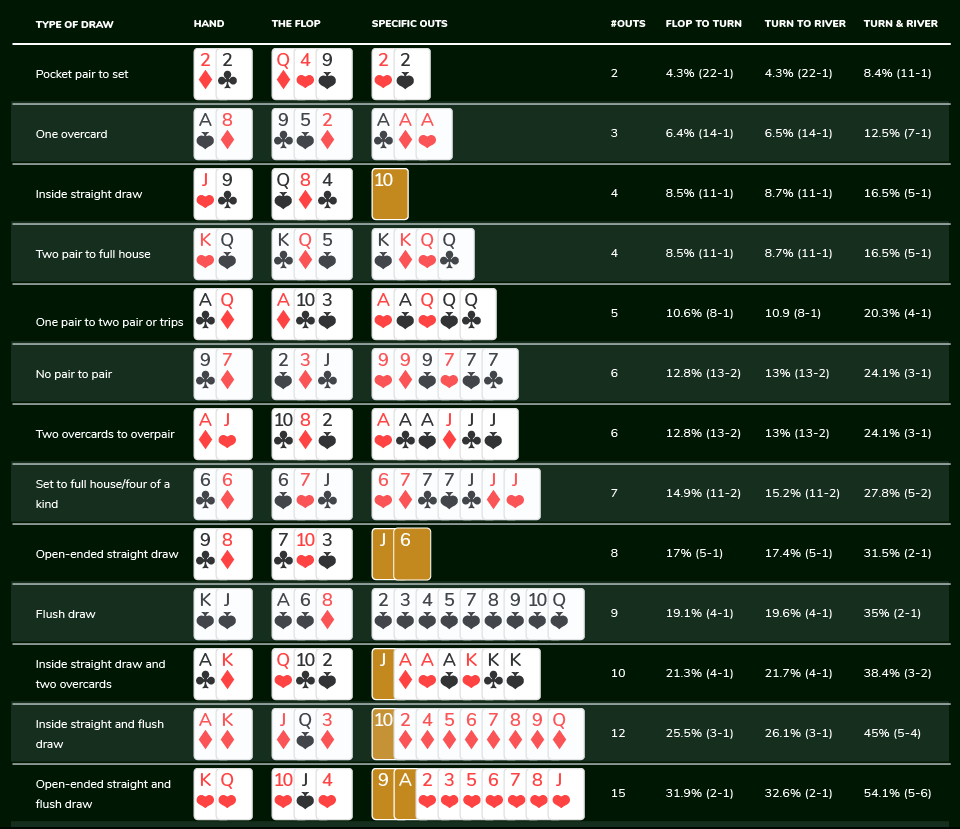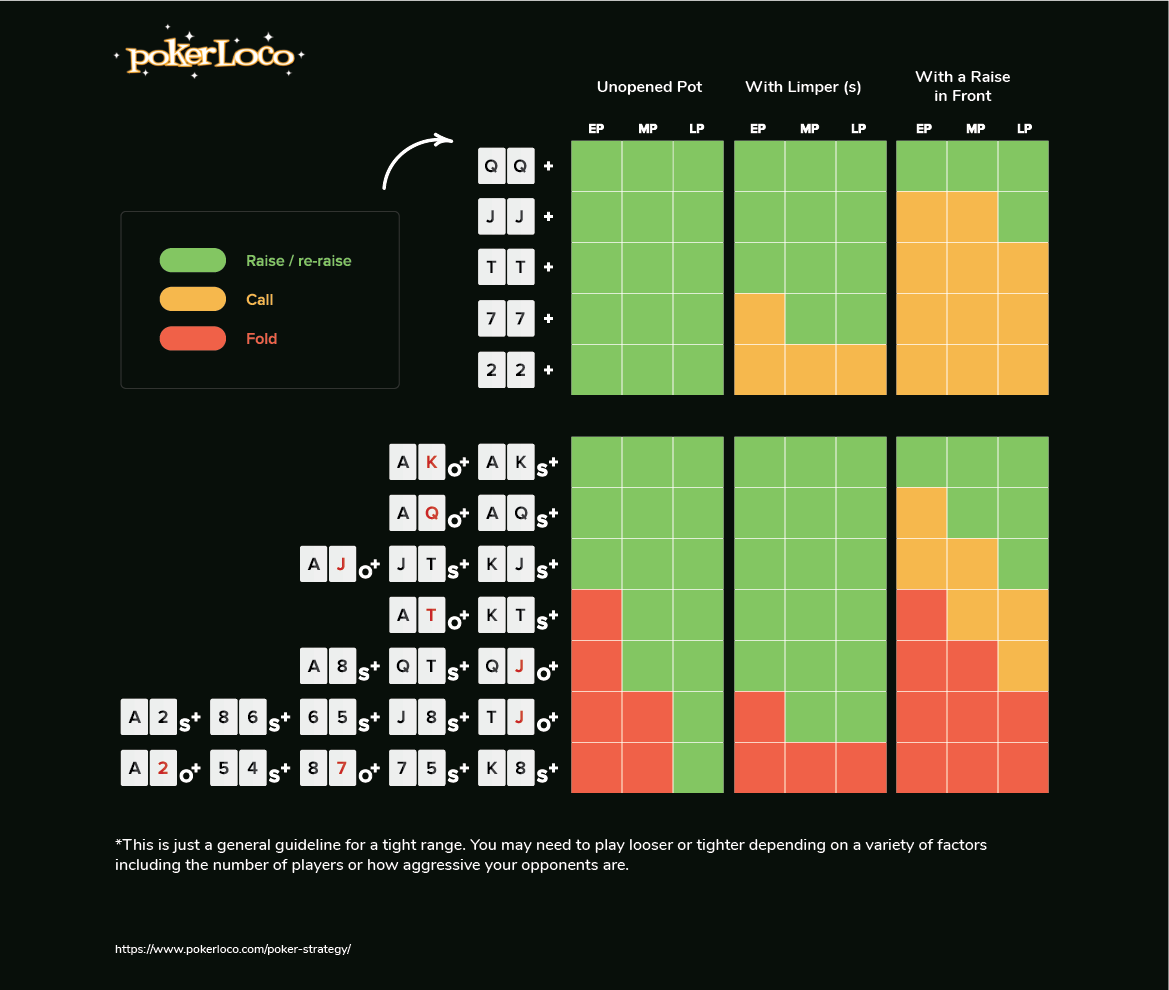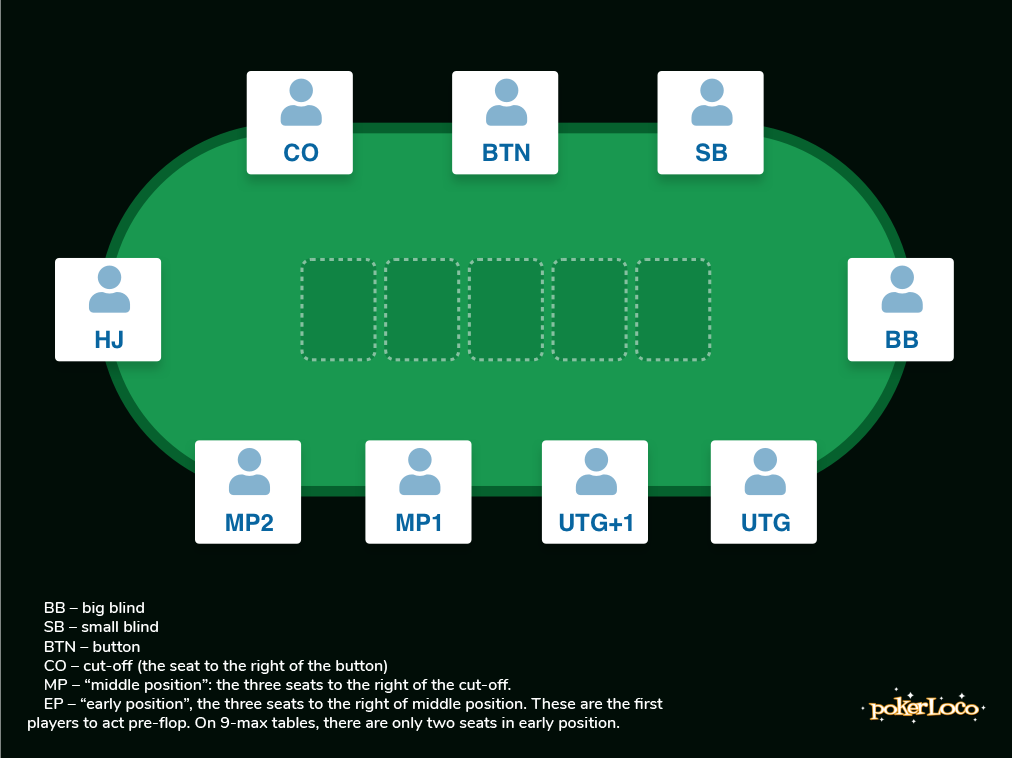It is crucial that you place bets in line with the size of the ante. You should always build your playing strategy based on the size of the pot, the number of players and the betting limits, all of which are reflected in the size of the ante.
For example, if the value of the ante outweighs the limit value, you should adjust your strategy and play more loosely and aggressively, as the pot will be high.
In a five card draw poker game, a ‘large ante’ refers to a minimum of 50% of betting limit value.
Smaller antes mean smaller pots and smaller limits, so smaller ante games should be played as tightly and conservatively as possible. After all, there is no need to get all hot and bothered for a low-value match.
Small antes are considered to be an average maximum of 15% of the betting limit value.
Playing starting hands
Because five card draw poker only features one card draw and two betting rounds, the strength of your starting hand is a crucial factor in your chances of taking home the win.
It is harder for five card draw players to boost the value of their hand in the second round than other poker games, so early decisions really count when deciding how to play your starting hand in a game of five card draw.
In the following chart our poker experts have crunched the numbers and added them to a nice interactive chart so you get full value of your starting hands.

In five card draw poker, the odds of your hand increasing in value after the draw correlate with the face value of your starting hand. This means that if you are dealt a stinking starting hand, the chances of you turning it into a diamond during the draw are slim.
While it can occasionally pay off for players sitting on weak hands to stick it out and try and pull a fluke in the draw, it is generally better to adjust your game strategy to the strength of your starting hand.
If your starting hand has no value or potential whatsoever, consider folding the hand and pulling out of the first round.
Raising before the draw
Raising before the draw is an intimidating and manipulative playing strategy that may work to convince other players at the table that you are sitting on a dynamite hand – whether you are or not.

By raising before the draw, declining draw cards and then raising once again, you might be able to convince other players at the table that it is not worth going up against you in a showdown unless they are sitting on a strong hand.
Regardless of whether or not your pre-draw raise is a bluff, raising before the draw can be a great poker table tactic that can give you dominance and control early on in the game. There are some holes in this strategy, however.
If you are playing with regulars who know the way that you play, this trick may only work the first couple of times. Make sure that you only use this strategy when the pot is large enough to take the risk, and that you are not telegraphing reads and patterns to other sharks or aggressive players at the table.
Playing position
The way you play your seating position in a game of five card draw can make or break your chances of winning the pot.

The positions are defined as follows for 9-player tables:
- BB – big blind
- SB – small blind
- BTN – button
- CO – cut-off (the seat to the right of the button)
- MP – “middle position”: the three seats to the right of the cut-off.
- EP – “early position”, the three seats to the right of middle position. These are the first players to act pre-flop. On 9-max tables, there are only two seats in early position.
For instance, a player sitting to the immediate right of the dealer button will be the last to bet, meaning that they will be the player holding the most information and power in each betting round.
It will be easier for this player to bet other players out of the round, take advantage of reads and play loosely or tightly in response to the actions of opponents.
In contrast, those players sitting to the hard left of the dealer button will have to approach each betting round with less information, which can be really tricky if they are not sitting on a decent starting hand.
For any decent five card draw poker player, the hands that they play will be dictated by their position at the table and their place in the order of betting rounds. Generally speaking, there are a few basic strategies that players can use to understand which hands to play in which position.
For example, the player in the first position should try to maximize their strong position by playing big and bold hands such as pairs of aces. Players sitting in an early position may choose to play pairs of kings, while those in middle may need at least a pair of queens to get their hand off the ground.



